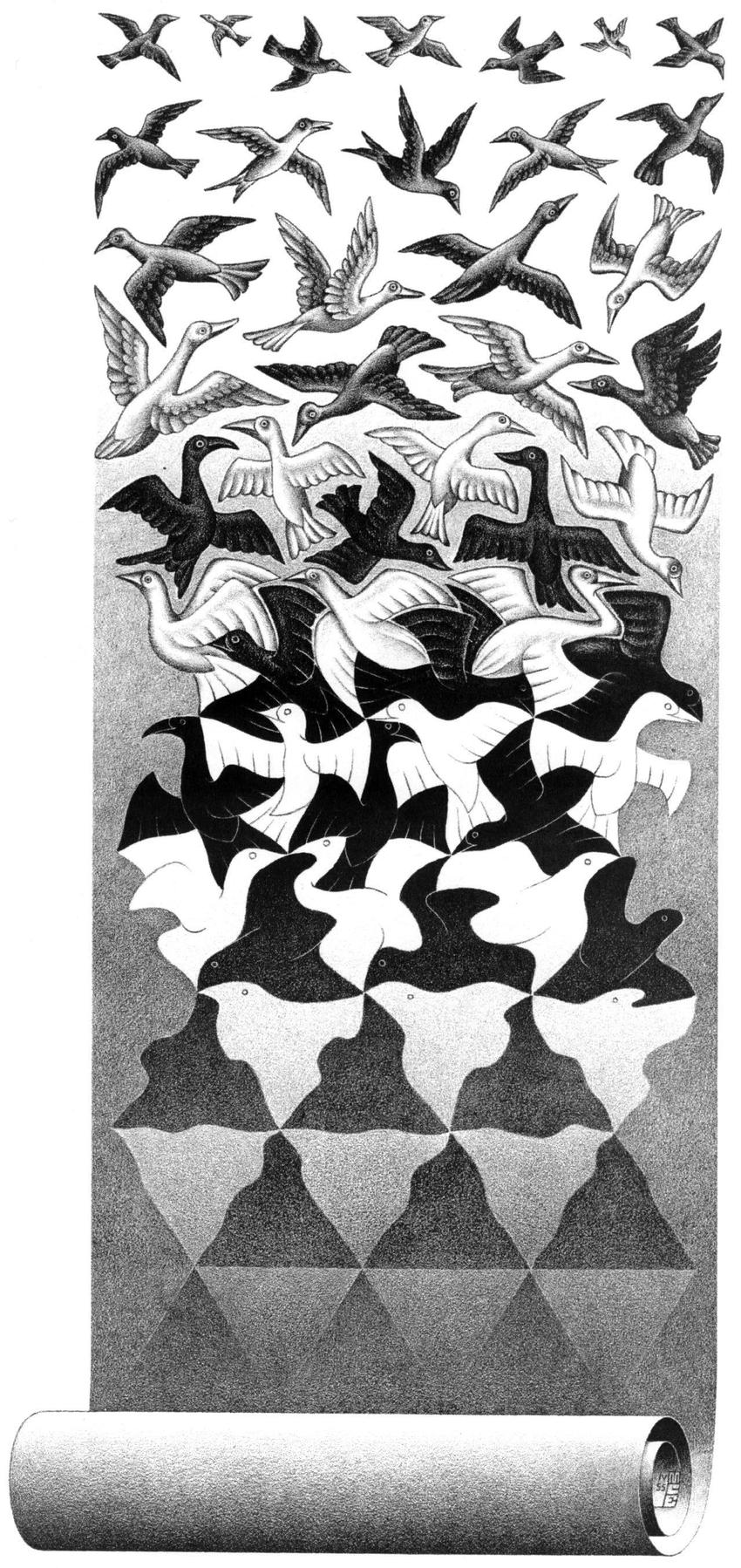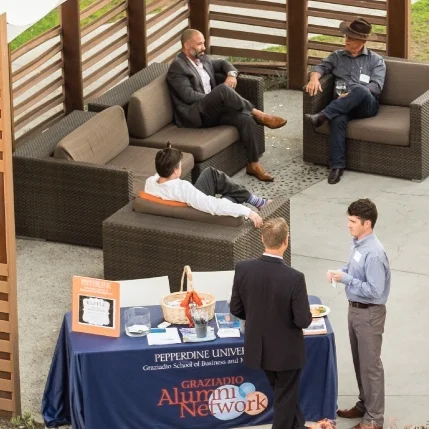We get a lot of questions about what makes a good alumni community platform.
Many of the institutions we talk to have already tried one only for it to fail or sputter after a lengthy and expensive implementation process.
Not only have these institutions spent thousands of dollars and hundreds of hours of work on something that failed, they’ve also damaged their relationship with alumni who signed up for the platform because the alumni wasted their time, too. It’s bad all around.
One thing these failed platforms share in common is their approach to designing an alumni community: They center the user experience on a directory.





